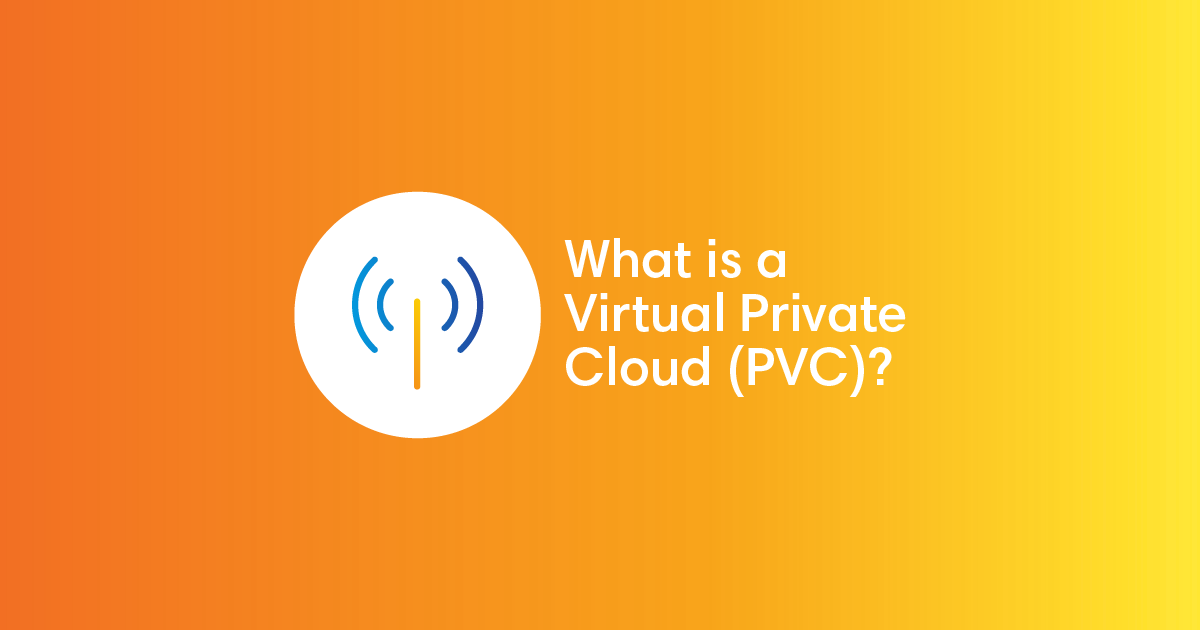
AWS Modernization
Your infrastructure in a modern cloud environment

Streamline Deployments, Improve Resiliency, and Harden Security
Modernizing your applications and infrastructure allows you to realize all the benefits of AWS: scalability, availability, reliability, deployability, observability, and cost efficiency. But modernizing your infrastructure can add complexity if designs aren’t carefully considered. With our expertise we can help you advance to a native, seamless, and decoupled infrastructure while retaining the flexibility you need to innovate and streamlining your developer experience.
Benefits of AWS Modernization with Mission
Modernization allows you to realize more benefits from your applications and infrastructure. With Mission’s cloud modernization services, receive expert support in configuring and managing your cloud in a modern environment and enjoy a cloud environment centered around reliability, cost efficiency, performance, and elasticity. Below are more benefits of a modernized environment:
Resiliency & Reliability
When availability or fault-tolerance are a concern, modernizing ensures your applications are safe, secure, and backed up with proper failover procedures in place should there be an incident.
Cost Efficiency
With AWS’s consumption-based pricing model, you’re only charged for what you use—modernizing gives you greater clarity, granularity, and control when optimizing for cost without compromising performance.
Enhanced Performance
Modernized workloads rely on the AWS services, design patterns, and features native to the cloud that can scale performance with greater flexibility, control, and reliability.
Support Evolving Business Models
Modernized workloads can enable a transition from a traditional software licensing model to a SaaS model, better serving both your customers and your business.
Meet Compliance Benchmarks
Modernized workloads are easier to secure and audit, aiding your efforts to meet CPRA, GDPR, HIPAA, and other government or industry regulations and compliance regimes.
Experience the Advantages of Operating in a Modernized Cloud Environment
Modernizing your applications and infrastructure improves scalability and increases your fault-tolerance while streamlining operations and costs.. Modernized workloads can rapidly accommodate changes in demand, infrastructure events, and compliance requirements like CPRA, GDPR or HIPAA.
-
Containerization
Containers on AWS improve developer efficiency, automate deployments, and reduce operational overhead. With our help, you can ensure your images are configured correctly for your workloads and leverage AWS’s containerization tools, including Elastic Container Service (ECS), Elastic Container Registry (ECR), Fargate, and Elastic Kubernetes Services (EKS).
-
Serverless Computing
Serverless architectures enable your applications to scale with high performance and reliability. Serverless computing on AWS removes the burden of managing your servers and simplifies your operations while allowing new optimizations of your architecture
-
Microservices
Microservices is an approach which takes monolithic, tightly coupled applications and breaks them into components which operate independently for greater efficiency, scalability, and resiliency. While microservice architectures have gotten a bad rep for adding complexity, when designed and implemented correctly they do the opposite, simplifying your operations while improving performance.
“All of the tasks we’ve collaborated on with Mission demonstrate just how wide their expertise spans. They are an ideal partner for building and supporting our AWS environment to ensure applications continue to meet the needs of our customers. I can also step out of the hands-on DevOps role and focus on the bigger picture — I now spend less time in the weeds solving technical problems and more time enhancing our applications."
How do I know if modernizing is worth the effort?
Assessing current costs and understanding your operational economics is critical to knowing which modernizations to start when. While modernizing as early as possible is often best, our teams will help you understand not just the benefits but also the ways in which your cost structure changes with your architecture, consulting with you to decide what’s best for your AWS environment and business aims.
Our development velocity has really slowed down—is it time to modernize?
If you find yourself running into trouble with updating your codebases, deploying your applications, outages, or downtime, you might be operating in a way that’s no longer appropriate for your scale or architecture. Implementing containers and a well-designed CI/CD pipeline are two modernizations critical to every business’s agility and often necessary for any architecture beyond a certain size.
We’re worried about compliance. What can we do to ensure we maintain our status and customers’ trust?
One of the most difficult parts of growing a business on the cloud is the sheer scale and complexity that success brings, especially for issues like compliance. Modernization techniques help you design your infrastructure in such a way that you have consistent, reproducible configurations of your resources, secure access controls for your organization and users, clear logs of evidence for all audits, and immediate notification when an incident occurs. Designing systems that combine these features without becoming overwhelming or disruptive for your operations is one of our specialties.
I'm concerned about our site reliability and uptime. Are there modernizations we could be doing to help with this?
Certainly! Here’s a few to consider: Utilize multiple Availability Zones for failover and redundancy and use Elastic Load Balancing to distribute incoming traffic across instances. Take advantage of Amazon S3 versioning to protect against unintentional data deletions. Where possible, leverage Autoscaling Groups to handle unexpected traffic spikes. Set up AWS CloudWatch and AWS X-Ray for monitoring and anomaly detection. You may also need to containerize if you have RTO or RPO targets you intend to meet, and you should regularly review and update your Disaster Recovery (DR) plan.
I've heard serverless systems can be hard to debug. How do you recommend making a transition to serverless if my team doesn't have much experience?
To ease your transition, start small and experiment with non-critical tasks or new, isolated features. If you’re starting with AWS Lambda, get a feel for working with the associated services and technologies, like Amazon API Gateway, Amazon ECR, and Docker. Most importantly, invest in your team. As part of all our engagements, we document what we implement top to bottom and prefer to partner so that we train teams to take over the system and are prepared to run it and build on it independently.
I've heard microservices can add complexity and slow down development. How do you avoid that?
It’s wise to be cautious about this design pattern. Without the right implementation, microservices can become a net negative for your development. To implement it well, you need to clearly understand your systems’ boundaries and responsibilities. Standardizing your protocols and tools and adopting a consistent tech stack are critical—a multitude of tools, languages, or approaches can make it difficult to reason about how services interact. AWS services like ECS or EKS can be great for managing container orchestration, which you’ll need to make deploying services scalable, rapid, and automated. Centralized logging, through services like AWS CloudWatch, can also help you better understand and keep track of your environment.

Get in touch
Modernize Your Data Infrastructure With Mission
Schedule a free consultation call to learn how modernization can accelerate your business. Our cloud advisor team can walk you through the modernization process and answer your questions.



